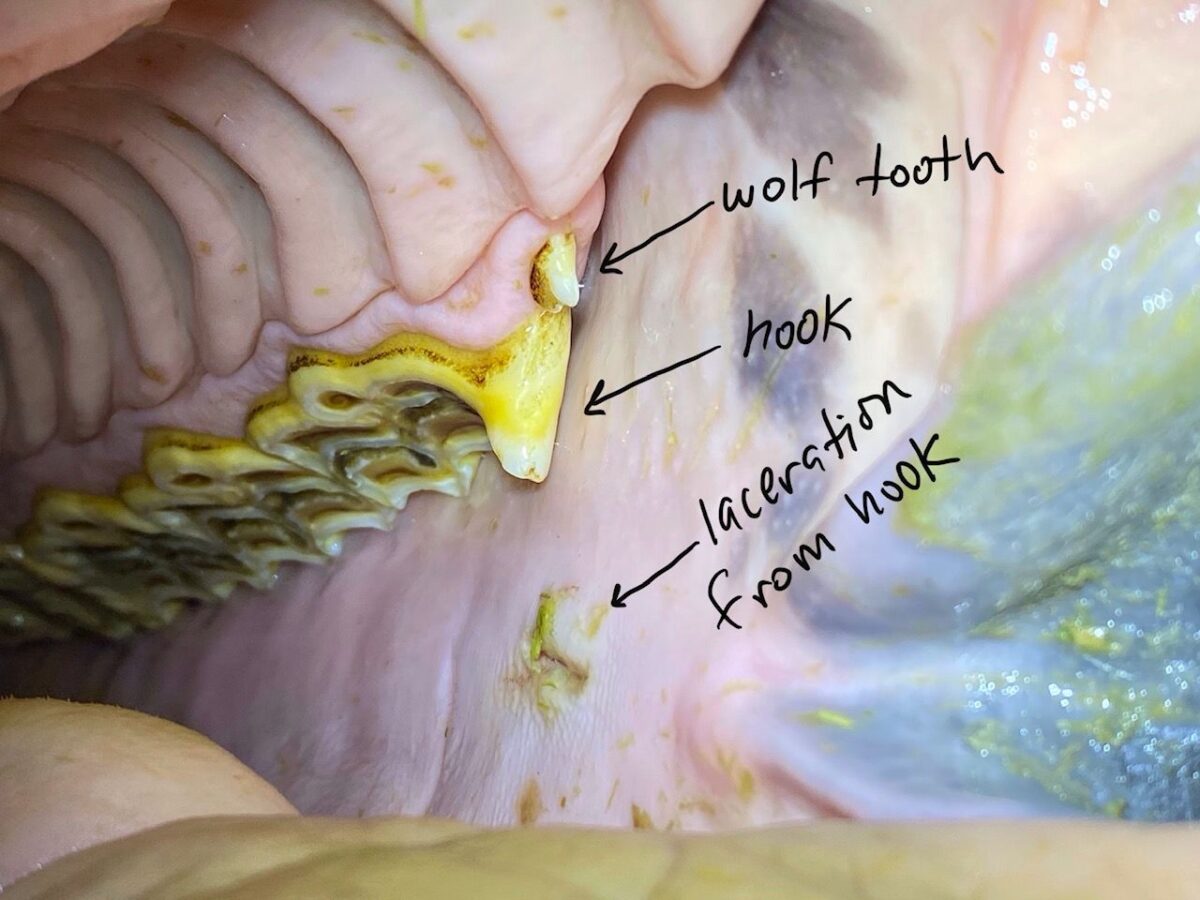Two-year-old dentistry
As we enter fall, horse owners and trainers begin to make plans to start training their young horses. Whether horses are started as two-year olds or older, proper dentistry is vital to the success of a young horse. This article will focus mainly on the 2-year-old quarter horse who may be scheduled to compete during the next year. If you prefer to wait until your horse is a year or two older, you’ll still want to follow these guidelines in your horse’s second year of age.
Horses naturally develop sharp edges on their teeth that can damage the tongue and cheek tissue. In a natural environment horses live with this discomfort. Advanced education and precision equipment gives modern domestic horses relief from this common obstacle in their development.
A sound dental program should begin around age two. A thorough dental exam can happen before that, but major changes will begin to take place in the second year. As baby teeth shed and adult teeth replace them, care should be given to make sure this process is as painless as possible. Even if a bit is not introduced yet, good dentistry is still important.
These photos show a good example of what can be discovered in a young mouth. This filly is approaching her second year and will begin light training. She will be introduced to a saddle and a snaffle bit. The owners brought her in for her first dental check up. They wanted to be certain she would be comfortable during the introductory training period.
The photos show two major issues that would affect her comfort with the bit; wolf teeth and front, upper hooks. In fact, without the bit she already has lacerations in her cheeks from the upper hooks. By adding a bit to this mouth she would experience severe discomfort and her training process would be more difficult as a result. Some might claim that starting a young horse in a halter would be better, however, this mare has never been ridden; she was barely halter-broke and she already has damage in her cheeks from her sharp teeth. Even with a bitless bridle she would still experience discomfort.
By removing these obstacles and making sure the rest of her teeth are properly balanced, this mare will be given the best chance at being comfortable during her early training. Her dental program will include annual maintenance for the rest of her life and more often if she is in heavy training or competition. This case shows that dentistry shouldn’t wait until the horse is older. Imagine how much she would have suffered had she not seen a dental professional for another 10 years!


